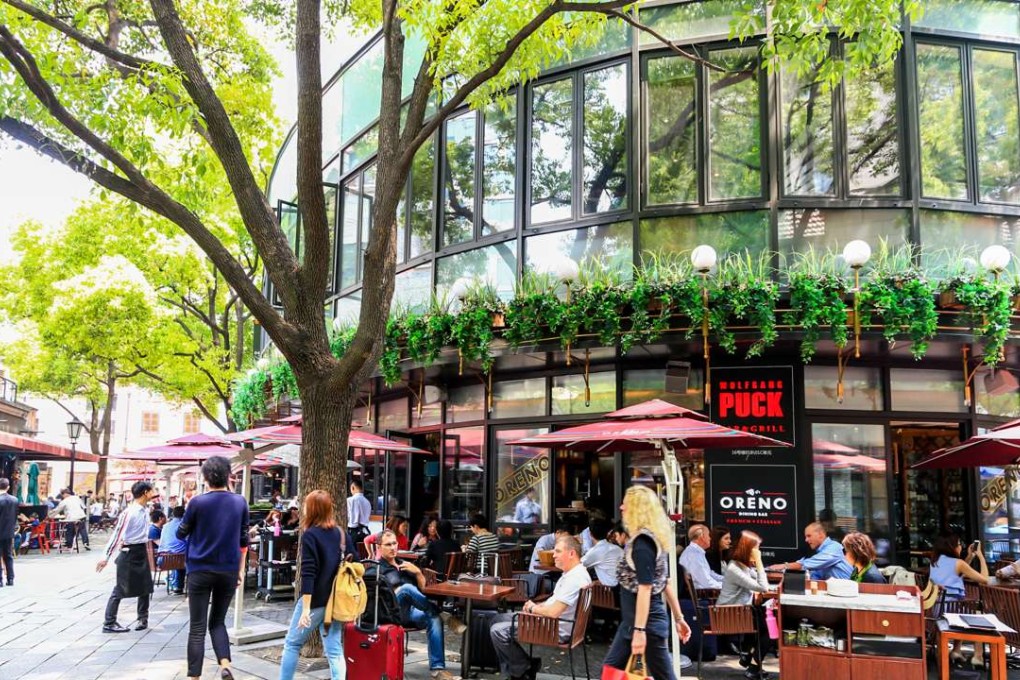Shanghai’s contrasting neighbourhoods offer a fascinating kaleidoscope of the city’s past and present, as well as glimpses into the future as it unfolds
One of the most popular neighbourhoods, Xintiandi, contains streets with old European-style mansions abutting wet markets and shops.

Shanghai has a great mix of the old and the new, often juxtaposed within the same neighbourhood. For visitors to the city, the sheer size and scope of one of the world’s fastest-growing metropolises might be daunting, but the efficient subway system is really useful for getting around the city, and there are districts that can satisfy several urges in one go.
One of the most popular neighbourhoods is Xintiandi. The district is at the edge of the old French Concession where there are several streets with old European-style mansions abutting wet markets and streetside shops. In the heart of Xintiandi, a renovated car-less strip has several popular restaurants and shops abutting Taipingqiao Park which, despite the crowds, is still an oasis in the middle of the city.
The best location to buy souvenirs is the maze of lanes known as Tianzifang. There are dozens of small cafes, shops and curios here that can keep you entertained for the entire day. It can get crowded, but it is also very easy to get lost and find oneself alone in a fascinating store looking at art reflecting Shanghai’s meteoric rise from fishing village to world city.
Another great location to shop is Fangbang Lu, which is also one of Shanghai’s greatest street food neighbourhoods. Fangbang Lu is part of a market complex that sells anything you can imagine, with some of the freshest and most delicious street food around. From there it is a short trip to Yuyuan Garden, a popular shopping complex and tourist destination, with old-style architecture and lessons on Shanghai’s history mixed with souvenir stands and modern shops selling everything from electronics to sunglasses.
No trip would be complete without a walk along the Bund, the riverside strip of European-style buildings, erected in the late 19th century. Most of the buildings serve a governmental purpose now, but there are also some of the best shops and restaurants in the city here. Many of the streets that radiate out from the Bund have retained the old architecture and a trip along this side of the river will reveal a lot of old treasures of Shanghai.
On the other side of the river is the more modern version of the city, with the iconic TV tower and the Pearl Tower side by side. The two structures form the core of modern Shanghai’s skyline and both are accessible. The TV Tower is popular, due to the thick plexiglass flooring which allows visitors to look all the way down to the street, and take in much of the city.
